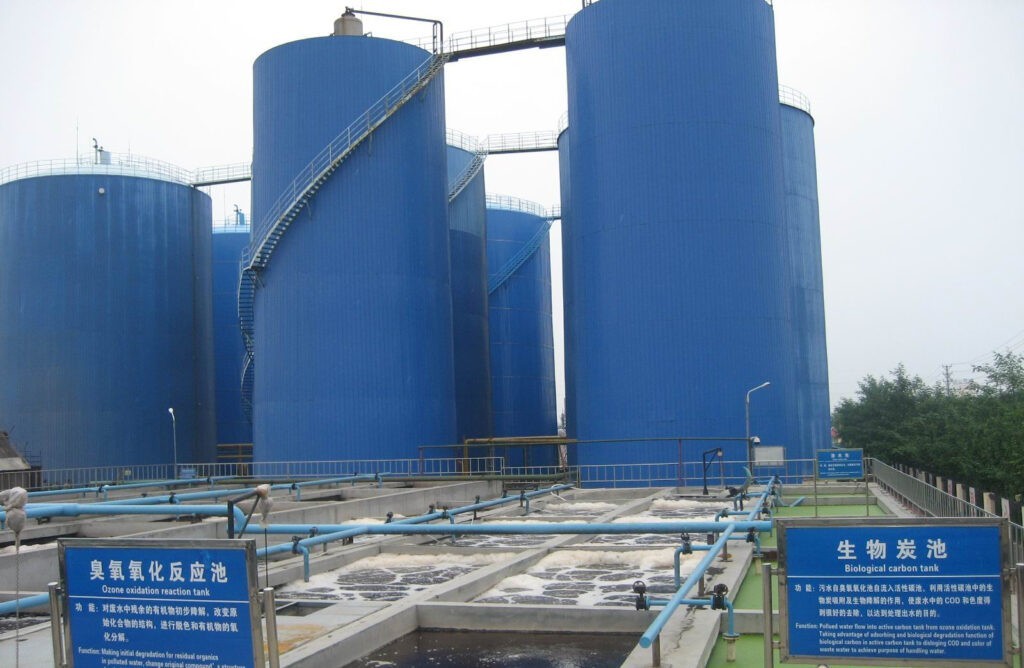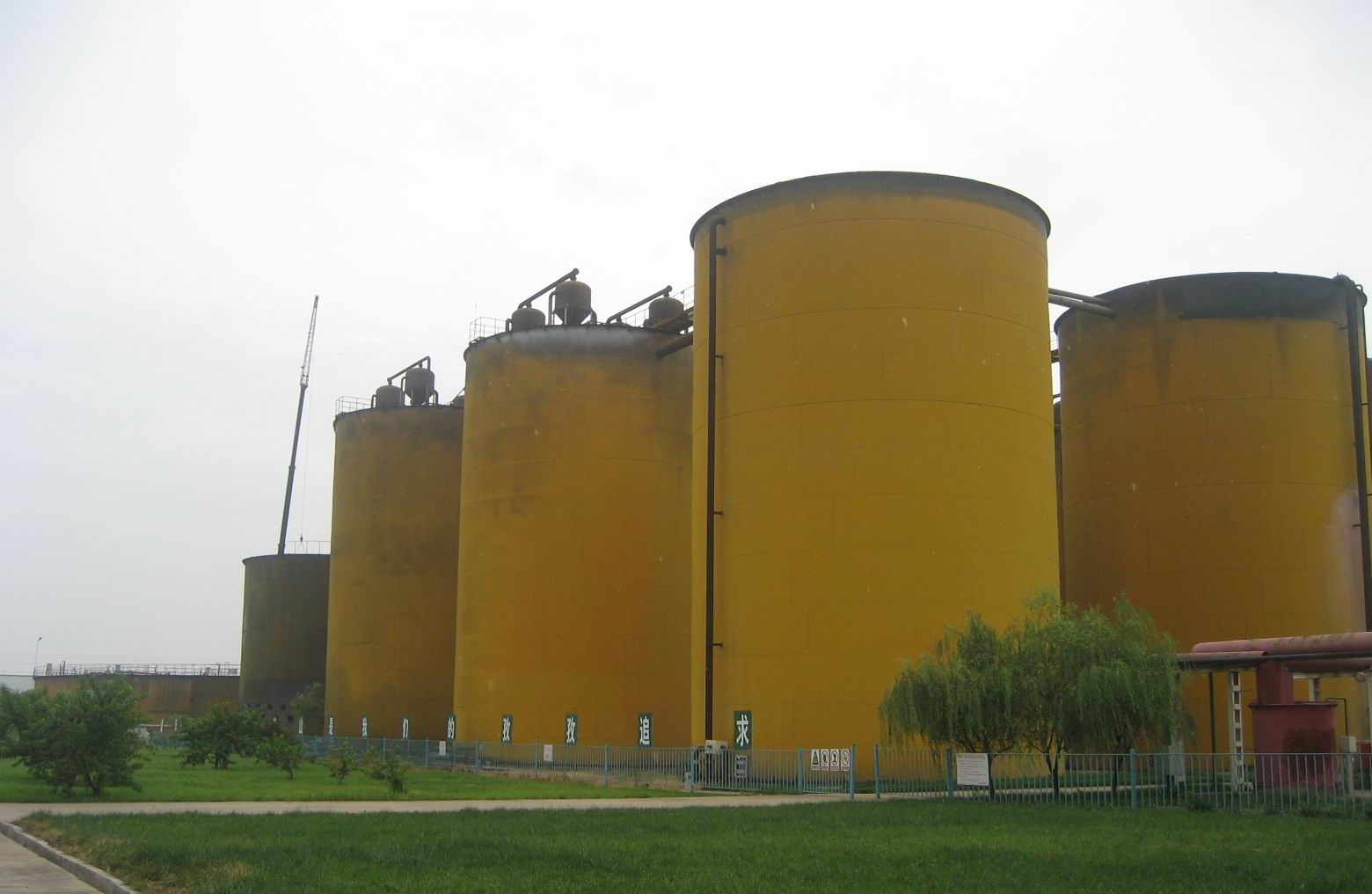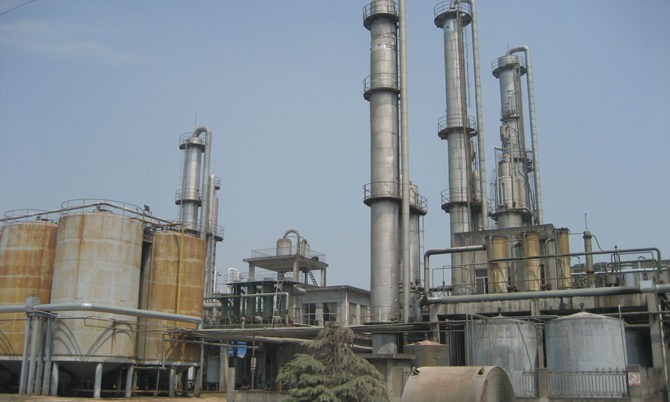

Tushan WWT Methane Recovery Project
Industrial Wastewater Treatment and Methane Recovery

Industrial Wastewater Treatment and Methane Recovery
The “Industrial Wastewater Methane Recovery Project of Bengbu Tushan Thermoelectricity Co., Ltd.” is to recover the biogas generated in the process of wastewater treatment as well as to produce heat currently supplied by fossil fuels. The project is developed and owned by the Bengbu Tushan Thermoelectricity Co., Ltd., which is located at Bengbu City, Anhui Province, in China.
Before the implementation of the project, the Anhui Fengyuan Fuel Alcohol Company produces 320,000 tonnes of ethanol fuel per year while discharging about 11,500 m3 of wastewater per day with a primary COD of 35,000 mg/L. The organic wastewater is treated in open lagoons followed by an oxidation ditch facility. Then it is discharged into a local wastewater treatment plant for further treatment.
Furthermore, the project owner has installed eight sets of coal-fired boilers and six sets of steam turbo-generators utilizing fossil fuel coal to generate heat to supply the nearby users.
As a consequence, in the baseline scenario, enormous amounts of greenhouse gas (GHG) are emitted from the open wastewater treatment lagoons without methane recovery and the coal-fired boilers.

The Tushan Wastewater Methane Recovery Project aims to recover biogas generated from the open wastewater treatment lagoons. The main constructions will be newly-built MIC anaerobic reactors, a biogas cleaning system, a biogas coal-firing system and a retrofitting aerobic treatment facility.
After the implementation of the project, the biogas generated from MIC anaerobic reactors would firstly be sent to the purification system, then the purified biogas would be transported into the retrofitted coal-fired boilers to generate steam. The sludge from the wastewater treatment would be combusted in the boilers after dewatering and drying. When the boiler is in trouble due to failure or malfunction or under maintenance, biogas collected from the MIC reactor will be flared.
The project will reduce GHG emissions through avoiding methane and CO2emissions. The recovered biogas from MIC anaerobic reactors is used as fuel that substitutes for some of the coal to heat the boiler. The amount of coal saved per year would be nearly 45,000 t. It is estimated that the project activity will reduce roundabout 199,000 tCO2e of GHG annually.
If you have any inquiries
about our service
